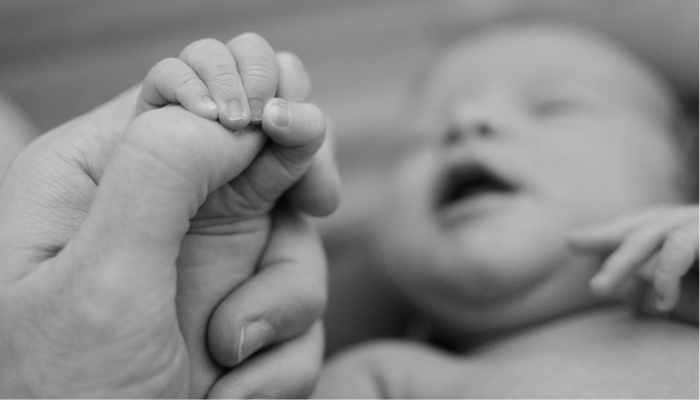Medical Advice Disclaimer: This blog post is for informational purposes only and is not intended to be a substitute for professional medical advice, diagnosis, or treatment. Always seek the advice of your physician or other qualified healthcare provider with any questions you may have regarding a medical condition.
Germinal matrix hemorrhage (GMH) is a neurological disease that affects very low birth weight premature infants, leading to post-hemorrhagic hydrocephalus, cerebral palsy, and mental retardation. In a recent study, researchers explored the potential therapeutic effects of hydrogen (H2) gas on neonatal GMH injury.
The study, conducted on neonatal rats, found that hydrogen gas inhalation significantly suppressed mental retardation and cerebral palsy outcomes in the rats at the juvenile developmental stage. Additionally, the administration of H2 gas early after neonatal GMH normalized brain atrophy, splenomegaly, and cardiac hypertrophy one month after injury.
These findings support the role of cytotoxic oxygen-radical injury in early neonatal GMH and suggest that hydrogen gas inhalation may be an effective strategy in protecting the infant brain from the post-hemorrhagic consequences of brain atrophy, mental retardation, and cerebral palsy.
It is worth noting that this study used hydrogen gas inhalation, but hydrogen therapy can also be administered through other forms such as hydrogen water and molecular hydrogen water (H2 water). Research on the benefits of hydrogen water is still in the early stages, but it has been shown to have antioxidant properties and may have potential benefits for various health conditions.
While more research is needed to fully understand the mechanisms behind the protective effects of hydrogen gas therapy, the study provides promising results for the future use of H2 in neonatal care.
Lekic, T., et al., Protective effect of hydrogen gas therapy after germinal matrix hemorrhage in neonatal rats.. Acta Neurochir Suppl, 2011. 111: p. 237-41.


